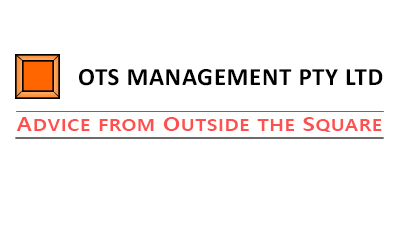As the Chairperson or CEO of an Aboriginal & Torres Strait Islander corporation, or even as a Manager of a unit within one, I'm sure it will resonate with you when you hear that it's never "business as usual" for an Indigenous organisation.
From one day to another, apart from running and managing your corporation, you will find external factors affecting how you operate and possibly even threaten your future.
You know, for example, that from time to time, you face dangers from health & safety procedures. From time to time, governments change or their policies change and the security of your funding becomes an issue to worry about.
While you might operate your standard processes for most of the day-to-day, the possibility of these risks worries you.
But as a busy person, those are only the most likely ones - what about the hidden risks?
What about those that are a little less predictable?
Most of the time, if you allow yourself to think about it for a moment before you turn back to your most pressing concerns, you know that the risks facing your organisation could pop up at any time and some of them may well destroy your organisation.
When asked what worries you, you may know and name, some risks that you are aware of and probably aware you haven't done enough to manage or mitigate.
The obvious ones are workers' health and safety and funding and financial stability.
But have you considered what strategic risks your organisation might face, like the state of the economy itself, epidemics and natural disasters? Often these get put into the "we'll worry when it happens" basket. But COVID-19 happened didn't it?
What about compliance risks and operational risks? Have you thought of what might happen to your funding if your audit was late or badly qualified? What attention have you paid to avoid that? What if you are late in lodging BAS returns, will the Tax Office ignore it or might that penalise you? What will that do for your finances, let alone your reputation?
You may be concerned about financial stability and the sources of funding, but what about the risks of fraud? How much attention is paid to that?
To be clear, the risks that any Indigenous organisation face could come from strategic issues, compliance protocols, operational procedures, financial weaknesses and attacks to the organisation's reputation.
There are a lot more sources of risk that just the obvious ones, so not only is it time to be doing something about those you have been worried about, it's time to pay attention to the hidden ones as well!
So, the problem is that risks exist.
To add to the problem management is busy enough with the day-to-day operational bushfires, even though they are concerned about the risks they haven't the time to act.
What you need is a Risk Management Plan.
A Risk Management Plan is an important tool to add to your kitbag.
A Risk Management Plan identifies the risks your organisation face, priorities them for management and maps out the actions to take over time. It helps you to develop strategies to manage and mitigate risks in accordance with their urgency.
By understanding what these risks are, and what the risk-events mean to your organisation, you can find ways to reduce their impact before they happen.
It is important to put aside time and resources to identify and develop strategies to manage risks in advance of them happening. Once you have a plan in place, it reduces the time you have to spend on each unexpected crisis because you are prepared with mitigating strategies.
A Risk Management Plan allows you to implement immediate actions to avoid or reduce the effect of extreme-level risks as well as planned actions and prepared responses to lower-level risks.
Imagine if every time something unexpected happened, you had already put in place strategies that reduced the impact, and you had on your shelf a playbook on what to do to respond?
The Risk Management Planning process is an easy six-step process you can follow without the use of expensive consultants, especially if you had a guided step-by-step guide.
The six steps are: -
Step 1 Identify the risks
Step 2 Assess the risks
Step 3 Map the risks on a Risk Matrix
Step 4 Create strategies to manage the risks
Step 5 Manage the Risk Management Plan
Step 6 Monitor, Test and Evaluate
At OTS Management, we have developed a guide to help you follow this process. You can get our Whitepaper on Understanding & Managing Risk In An Indigenous Organisation.
We have also designed and prepared an online program called Risk Management for Indigenous Organisations where we provide a video-training guide and instructed workshop to help you prepare your own Risk Management Plan.
Risk is ever-present.
But is it something you should worry about? Not if you do something about it.
Be prepared.


